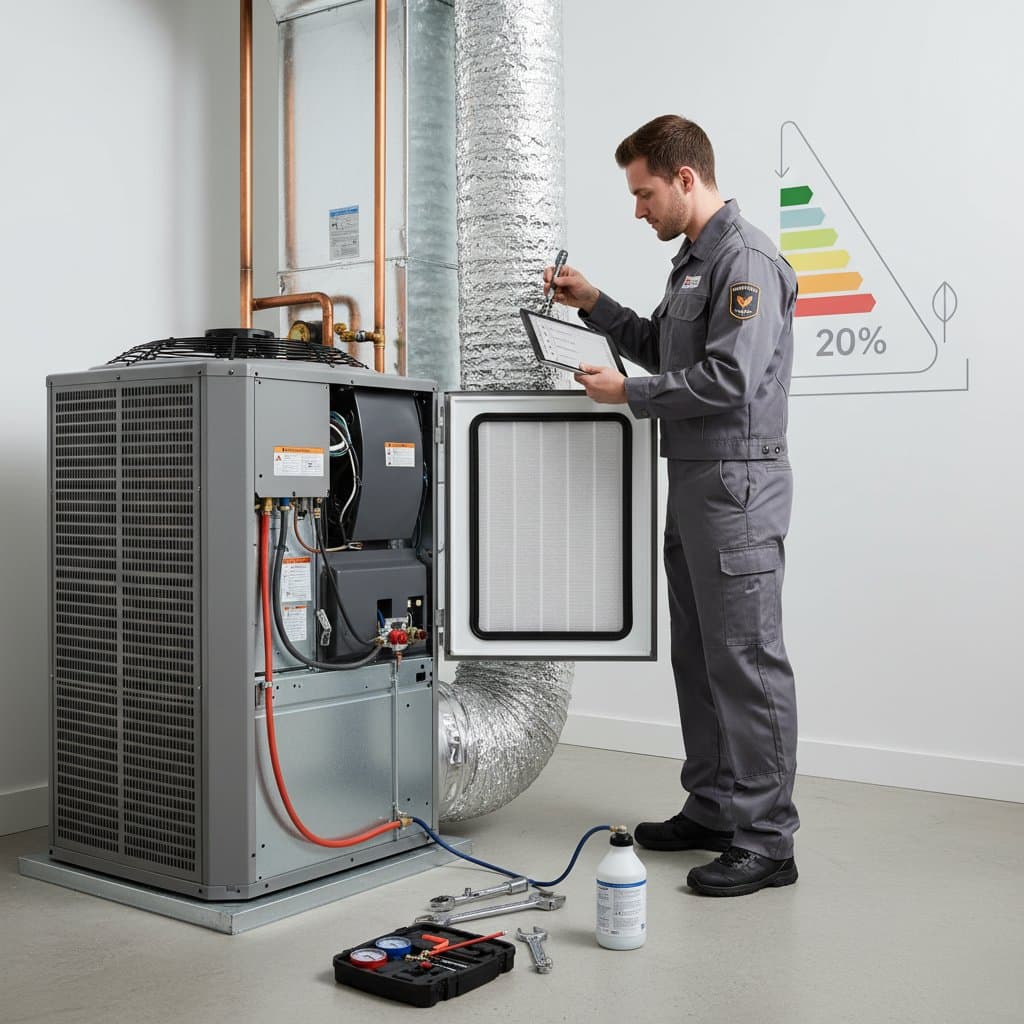Essential Fall Chimney Inspections to Prevent Winter Disasters
As cooler evenings signal the approach of winter, homeowners often anticipate the comfort of a crackling fire. However, an overlooked chimney transforms that pleasure into potential peril. Professional fall inspections serve as critical maintenance to shield your home and loved ones from dangers like fires, carbon monoxide exposure, and substantial repair expenses.
This guide details key inspection elements, service scheduling strategies, and professional evaluation points to ensure your fireplace operates safely and effectively.
Hidden Dangers in an Unmaintained Chimney
Fireplaces appear straightforward, but their internal chimneys involve complex flues, joints, and linings that require regular scrutiny. Neglect allows these parts to develop problems with serious consequences:
- Creosote accumulation: Wood smoke condenses into a sticky, tarry deposit within the chimney. Layers exceeding one-eighth inch thickness ignite easily and fuel chimney fires.
- Flue liner fractures: Minor cracks permit intense heat to transfer to nearby walls, heightening the chance of structural fires.
- Debris blockages from animals or leaves: Nests from birds or squirrels, along with fallen leaves, obstruct ventilation. Such obstructions force smoke and carbon monoxide into living areas.
- Water penetration: Deteriorated mortar or absent caps permit rainwater entry, fostering mold growth and chimney deterioration.
- Visible smoke stains or persistent odors: These indicators signal ventilation flaws or faulty dampers demanding urgent attention.
Early detection of these concerns proves far more economical than comprehensive chimney replacement.
Scheduling and Preparing for Chimney Services
Reserve inspections early in autumn, as certified sweep services book rapidly. Select professionals certified by the Chimney Safety Institute of America or comparable regional bodies. Such credentials confirm adherence to rigorous safety protocols and equipment standards.
Prior to the visit:
- Clear surrounding space: Relocate furniture, carpets, and decorations at least six feet away from the fireplace.
- Cease fireplace use: Allow complete cooling for a minimum of twelve hours prior to the examination.
- Inquire about procedures: Trustworthy providers outline each phase and furnish a detailed written quote beforehand.
Standard fees for thorough cleaning and inspection range from 150 to 350 dollars. Costs fluctuate according to chimney dimensions, existing state, and access challenges.
Frequent Repairs Identified in Fall Evaluations
Inspections frequently reveal conditions necessitating immediate fixes before seasonal use. Among the most common:
- Mortor joint repointing: Gaps in brickwork invite moisture. Repointing expenses average 10 to 25 dollars per square foot.
- Chimney cap installation: Corroded or absent caps expose the system to pests and precipitation. Installed stainless steel caps range from 75 to 200 dollars.
- Flue liner replacement: Damaged or worn liners require stainless steel inserts, priced at 1,500 to 3,000 dollars. This investment secures enduring protection.
- Crown repair and sealing: Cracked crowns facilitate leaks. Waterproof sealant application costs 200 to 400 dollars.
Timely resolution of these matters averts progressive harm and enhances combustion efficiency.
Safe Fireplace Practices Post-Inspection
A pristine chimney demands vigilant usage to sustain safety. Overlooked routines compromise both protection and functionality.
- Burn seasoned wood exclusively: Green timber generates excess smoke and creosote. Prepare logs by splitting and air-drying for six months minimum.
- Fully open the damper prior to igniting any fire. Proper venting minimizes smoke accumulation.
- Position a fire extinguisher close by and place a carbon monoxide alarm in the vicinity.
- Avoid accelerants like lighter fluid or printed paper, which deposit harmful residues in the flue.
- Cool ashes completely before removal. Transfer to a lidded metal container, stored distant from flammables.
Consistent adherence to these practices prolongs chimney durability and ensures seasonal safety.
Long-Term Savings from Consistent Chimney Care
Homeowners sometimes regard chimney upkeep as discretionary spending. In truth, it represents prudent investment averting catastrophic losses. One chimney blaze incurs thousands in restoration, while water damage extends to roofing and siding.
Efficiency gains follow as well. Sealed flues and dampers retain indoor heat, reducing energy costs and stabilizing room temperatures.
Moreover, documented maintenance elevates property appeal. Prospective buyers favor residences with verified fireplace and heating system histories.
Practical Recommendations for Optimal Results
- Maintain a service record: Log inspection dates, cleaning schedules, technician details, and observed conditions.
- Fit a top-mounted sealing damper: This feature curbs air leaks and deters wildlife intrusion annually.
- Incorporate a chimney thermometer: This affordable device tracks flue heat levels to minimize creosote risks.
- Solicit photographic documentation: Before-and-after images from sweeps foster accountability and monitor deterioration.
- Explore protective sealants: Breathable treatments for masonry prolong structural integrity.
These enhancements simplify ongoing care and forecast needs accurately.
Sustaining Chimney Performance Year-Round
Chimney safety demands annual vigilance and proactive measures for reliable warmth.
Prioritizing pre-winter evaluations delivers confidence in every fire. Through diligent inspection and maintenance, your fireplace provides enduring comfort without compromise.





